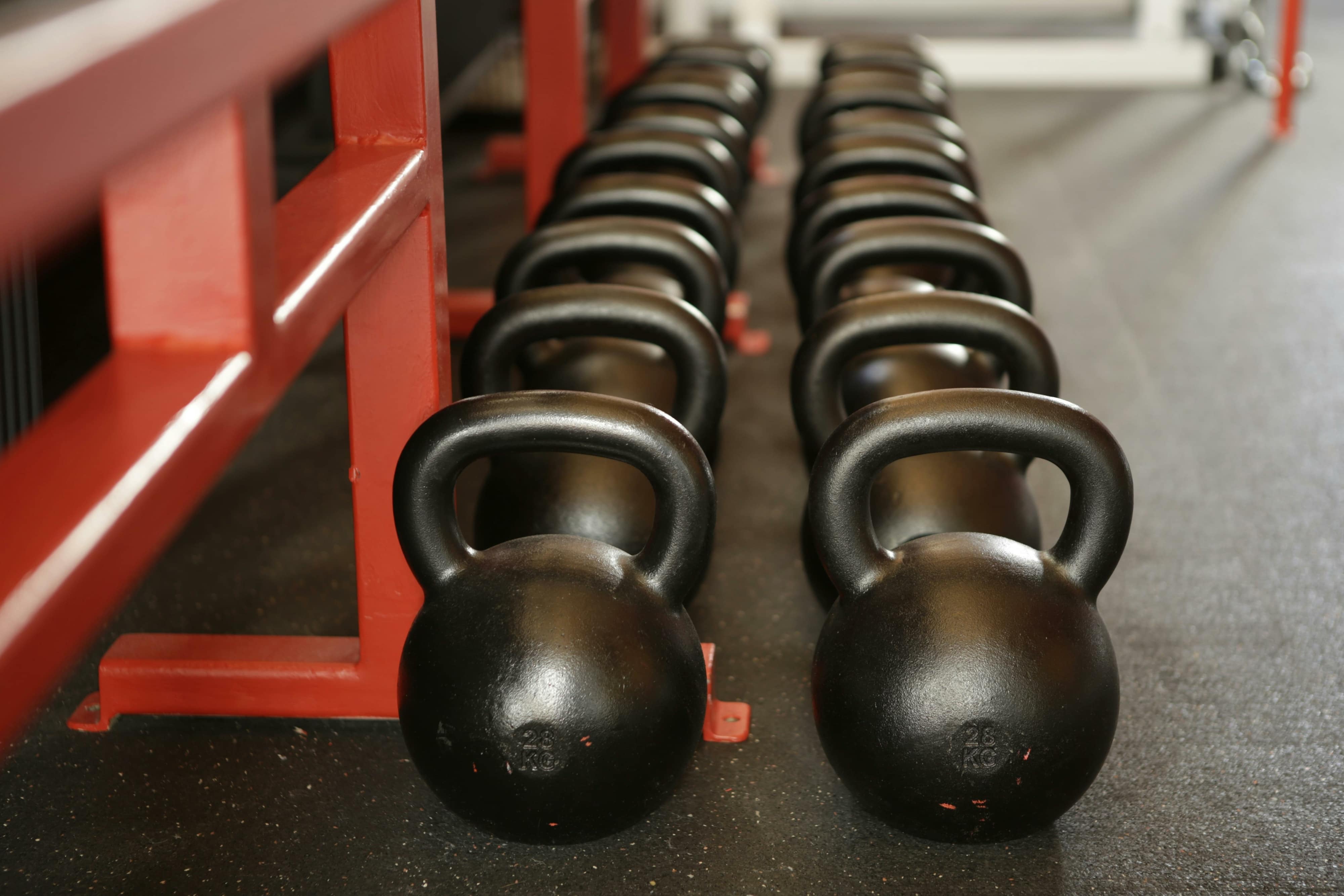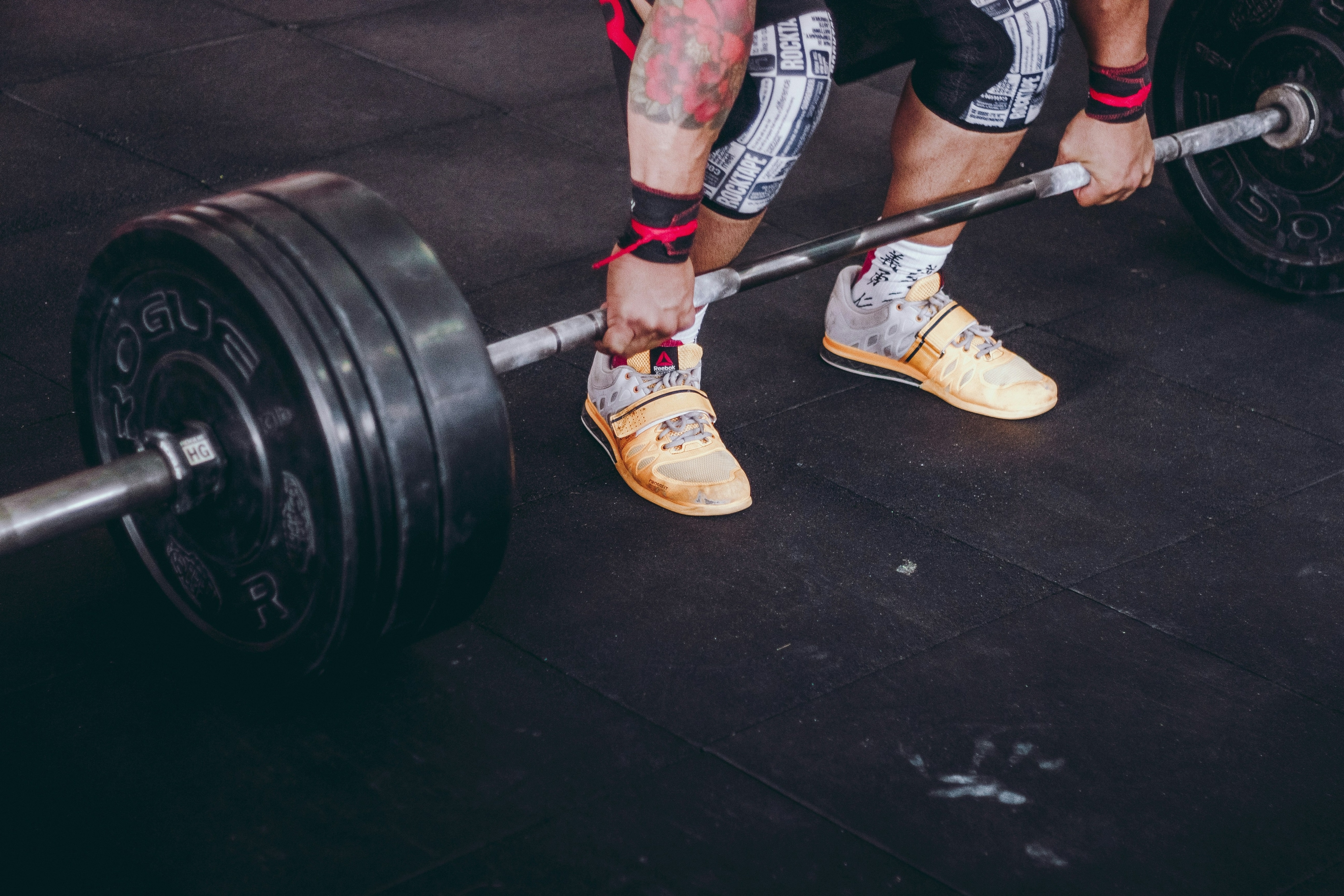By: John Phung
Did you know that rowing is one of the best exercises for developing aerobic fitness? Not only does working out with rowing machines or rowing ergometers allow people to develop their cardiovascular system, but they also place considerable demands on your muscular system.
Unlike cardio machines such as treadmills, exercise bikes, and stair climbing equipment, a rowing machine exercises your upper and lower body at the same time – 65-75% leg work and 25-35% upper body work.
Certified personal trainers, health coaches, and other fitness specialists are incorporating rowing into client workouts frequently.
Other benefits of indoor rowing are getting a full body aerobic workout with one machine, and the lack of impact that is experienced when compared to other aerobic activities. When you’re jogging outdoors or using a treadmill machine, there is orthopedic trauma placed on your body every time you take a step. This is not the case with indoor rowing machines.
When you’re looking for the best rowing machines for you, there are many options available. There are four distinct types of indoor rowing machines: piston or cylinder based rowing machines, flywheel rowers, magnetic resistance indoor rowers, and Water Rowers.
Learn How to Become a Certified Personal Trainer Online in Less Than 6 Months

Hydraulic Rowing Machine
The hydraulic rowing machine may be the best way to go if space is a concern, or if you’re on a tight budget and you want an economical indoor rower. Hydraulic rowing machines receive its tension from the amount of air or fluid that’s compressed with a cylinder or piston, and can be adjusted by most models of indoor rowers.
Although hydraulic based indoor rowers are low-cost, they differ from air, magnetic and water rowers because the rowing machine technique doesn’t allow you to pull in a straight line. The majority of hydraulic piston based rowers require you be placed in an exercise position that does not allow you to perform a natural rowing motion. Because of this, you are unable to naturally synchronize your arm and leg movements together.
Flywheel Rowing Machines
The air or flywheel rowing machine for exercise offers a similar feel to outdoor rowing. Flywheel exercise rowing machine receives its resistance from the pulling motion, which spins a flywheel with fan blades attached. The resistance is provided by the wind.
To increase the resistance of a flywheel rowing machine, all you have to do is pull harder. This moves the flywheel faster, and a greater wind resistance is provided from the fan blades of this type of indoor rower.
Compared to piston/cylinder or hydraulic based rowing machines, air rowing machines provide a more natural, continuous, and smoother rowing stroke.
The Concept 2 (or Concept II) rower is among the most popular flywheel air rowing machines. This indoor rowing machine is used by fitness enthusiasts, health clubs, corporate fitness centers, and rehabilitation clinics as well. Along with health, fitness and rehabilitation purposes, the Concept2 is the rowing machine of choice for indoor rowing competitions around the globe, such s the Crash-B Sprints World Indoor Rowing Championships and the European Indoor Rowing Championships.
Magnetic Resistance Indoor Rowers
A magnetic resistance fitness rowing machine is known for being virtually silent and providing a smooth rowing stroke. Unlike flywheel based indoor rowers which receives its resistance from the wind, magnetic rowing machines utilizes a magnetic brake system.
One of the main aspects you’ll notice with magnetic rowing machines is that is doesn’t product much sound at all. Rowing machines based on magnetic resistance produces no friction (like the flywheel or Water Rowers), thus providing a silent workout.
Fitness rowing machines based on magnetic resistance are available utilizing only magnet resistance or a combination of magnetic and air resistance.
The WaterRower
The WaterRower is an ideal rowing machine for those who participate in outdoor rowing. The Water Rower’s unique patented Water Flywheel has been designed to emulate the dynamics of a boat moving through water. Just like rowing outdoors, the WaterRowers’ flywheel receives its resistance by overcome the effects of drag as water moves past the tank. This indoor rower is also virtually silent when in use. All you hear is the swishing of the water while using this rowing machine.
The WaterRower is constructed with a wooden frame. This makes this rowing machine one of the most attractive models available, and the mechanical vibrations (common to other indoor rowers) are dampened. There is also a commercial version of the Water Rower sporting a metal frame.
Another model of water based rowing machine is the First Degree Fitness Fluid Rowing Machine.
Summary
In sum, whatever type of indoor rowing machine you choose, rowers are an excellent choice for developing aerobic fitness and building a healthy heart.
About the Author
John is certified personal trainer providing easy to understand information about indoor fitness rowing machines, Concept 2 rowers and WaterRowers.




